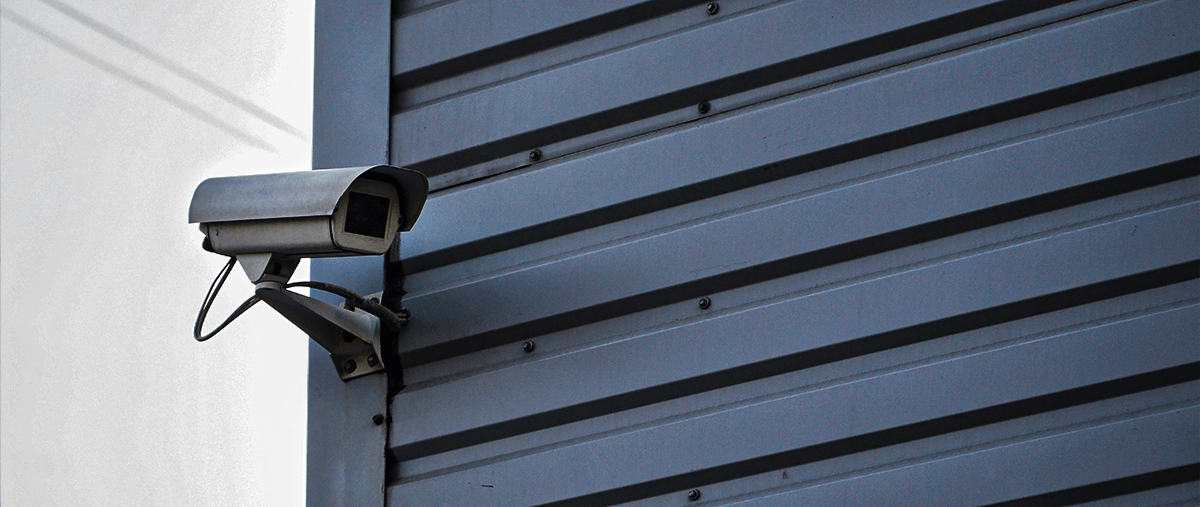In the twenty years since the September 11 attacks on the U.S., the proliferation of surveillance cameras is obvious. Such devices perform 24/7 watch over buildings, public areas and even our homes’ surroundings. When a criminal, accidental or otherwise suspicious incident occurs, law enforcement often seeks the video evidence collected by these numerous cameras to investigate what happened and apprehend those responsible. From a risk management standpoint, surveillance cameras have been useful in solving crimes, substantiating liability, and in deterring nefarious behavior.
While cameras and recording devices have proven value in legal proceedings and in risk prevention strategies, the laws controlling surveillance technology must be integrated to their installation and use. There are currently no federal laws directly governing video surveillance, but nearly every state has statutes in effect which restrict where and how they may be employed. In California and a number of other states, cameras are prohibited anywhere individuals have a reasonable expectation of complete privacy, including:
- Dressing or locker rooms
- Bathrooms
- Bedrooms
- Hotel rooms
In addition, if video recording also includes audio recording, it is likely to be considered illegal eavesdropping or wiretapping. Audio recording (and disclosure of any communications monitored in that way) may only be conducted when at least one party of the discussion consents to the recording. Therefore, when using video surveillance equipment, it is inadvisable to record audio.
"Laws controlling video surveillance must integrate to installation and use."
Employers who use video surveillance to monitor employee activity and deter theft, vandalism or fraud, need to carefully understand how this surveillance may and may not be used. Besides keeping cameras out of any area where a person should expect complete privacy (see above), it is a best practice to inform employees and students of the installation of cameras in and around the facility. This ensures that employees cannot claim they did not know they were being recorded as well as maximizing their deterrent effect. Signage disclosing the use of video recording inside and outside the property provides a constant reminder to employees and helps keep outside intruders at bay.
It is also important that monitoring employee activity does not violate any worker’s rights under labor relations laws, such as Section 7 of the National Labor Relations Act. Maintaining standards and following policies in compliance with the laws concerning video surveillance is as important to risk management as protecting your district, students and property.


